Looking for a toy that does more than just entertain? A dolls pram might seem simple, but it helps kids learn in all kinds of ways. It boosts thinking skills, builds coordination, and supports emotional growth.
Here are seven ways your child is learning every time they push a dolls' pram around the house or garden.
1. Understanding Feelings
Kids learn to care when they play pretend. By looking after a doll, they start to think about someone else’s needs. Is the doll tired? Cold? Hungry?
They might wrap it in a blanket, rock it to sleep, or talk gently to it. These little actions help them notice emotions and respond with care.
You might even hear them using your tone of voice. That’s them soaking up how you care for others.
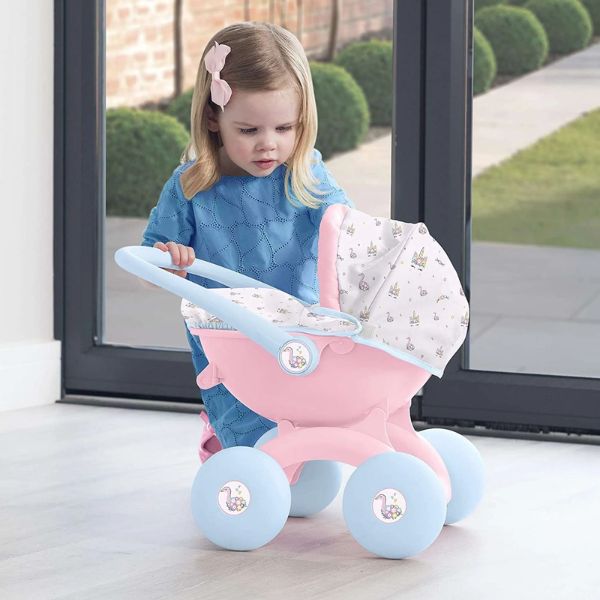
This builds real empathy.
It’s not just about being nice. It’s about learning to notice and respond.
Try this: Ask your child, "How’s the baby feeling today?" Watch how they answer.
2. Moving with Purpose
Pushing a pram isn’t just fun. It helps your child build muscle and coordination.
They grip the handles, steer around corners, and avoid bumping into things. All of this strengthens arms, legs, and core muscles. It also teaches balance and body control.
It’s great exercise disguised as play.
Seen this? Your toddler pushing a pram across uneven grass and figuring it out with every step.
That’s motor learning in action.
3. Small Actions That Matter
Setting up the doll takes focus. Strapping it in, fixing its clothes, and adjusting blankets are all chances to practise tiny hand movements.
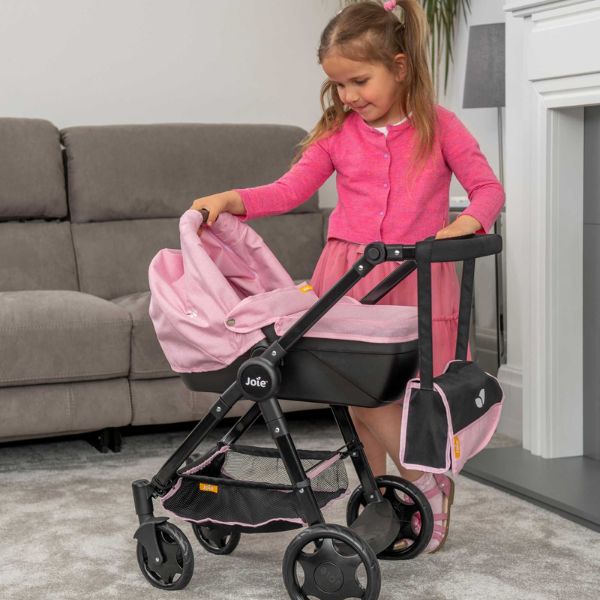
These actions improve hand strength and coordination. That’s important for everyday tasks like:
- Holding a pencil
- Using scissors
- Buttoning a shirt
You’ve probably noticed how they take forever to get the doll ready. But each buckle and tuck builds control.
Even folding a tiny blanket or placing a bottle just right counts.
4. Talking Through Play
Kids often narrate their play. It’s part of how they process the world.
You might hear:
- “Time to go for a walk.”
- “Shhh, baby’s sleeping.”
- “You need your hat, it’s cold.”
These little sentences pack in a lot of learning. They’re using new words. They’re forming ideas. They’re making connections.
When they play with others, they also practise:
- Turn-taking
- Listening
- Sharing ideas
Want to help? Join in for five minutes. Ask open questions like, “Where are you taking baby today?”
5. Looking After Something
Kids love routines. With a dolls pram, they create their own.

They might:
- Walk the doll after lunch
- Tuck it in before dinner
- Change its clothes before bed
- This teaches consistency. And ownership.
- They’re in charge. They make decisions.
Why it matters: It builds self-esteem. When kids feel capable, they’re more likely to try new things.
6. Creating Their Own Stories
Kids use pretend play to understand the world.
One moment, they’re going to the park. Next, it’s the doctor’s office.
They try out roles:
- Parent
- Nurse
- Teacher
They retell stories they’ve seen or heard and make up new ones.
Ever overheard your child repeat something you said last week? That’s them figuring it out.
Play gives them a safe space to do that.
7. Figuring It Out
The pram doesn’t fit through the door. The wheel gets stuck on the rug.
What now?
They try different ways:
- Turning the pram sideways
- Lifting the front
- Asking for help
Every challenge is a lesson.
And the best part? They learn to keep trying.
That’s resilience in its early form.
Age-by-Age Play Ideas
1–2 years
- Use a lightweight pram to support walking
- Focus on simple push-and-pull play
2–3 years
- Start introducing basic pretend play
- Add a blanket or bottle to encourage nurturing
3–4 years
- Encourage more complex stories (e.g. visiting the doctor)
- Let them pick outfits or accessories for the doll
4–5 years
- Play alongside them to expand vocabulary
- Ask questions to prompt new scenarios (e.g. "What’s wrong with the baby today?")
Why Dolls' Prams Beat Digital Toys
No batteries. No screens. No rules.
Dolls’ prams let kids lead.
That means:
- More creativity
- More movement
- More real-world learning
Screens can be passive. But pushing a pram gets them thinking, moving, and connecting.
And it’s quiet. (Which, honestly, is a bonus for everyone.)
Tips for Parents
Want to get more from pram play? Try this:
- Add small props: A soft toy, empty bottle, or bag
- Change the setting: Kitchen, hallway, garden
- Ask questions: “Where are you going?” “What will you need?”
- Let them lead: Just follow along and see what they come up with
Don’t worry if it looks repetitive. Repetition helps them learn.
Explore Dolls' Prams and Accessories
At Wowow Toys, we stock dolls' prams that help your child do more than play. There’s something for every little caregiver.
Whether your child is a toddler just learning to walk or a five-year-old with big ideas, we’ve got something they’ll love.
Shop our collection of Dolls prams and Role-Play Toys

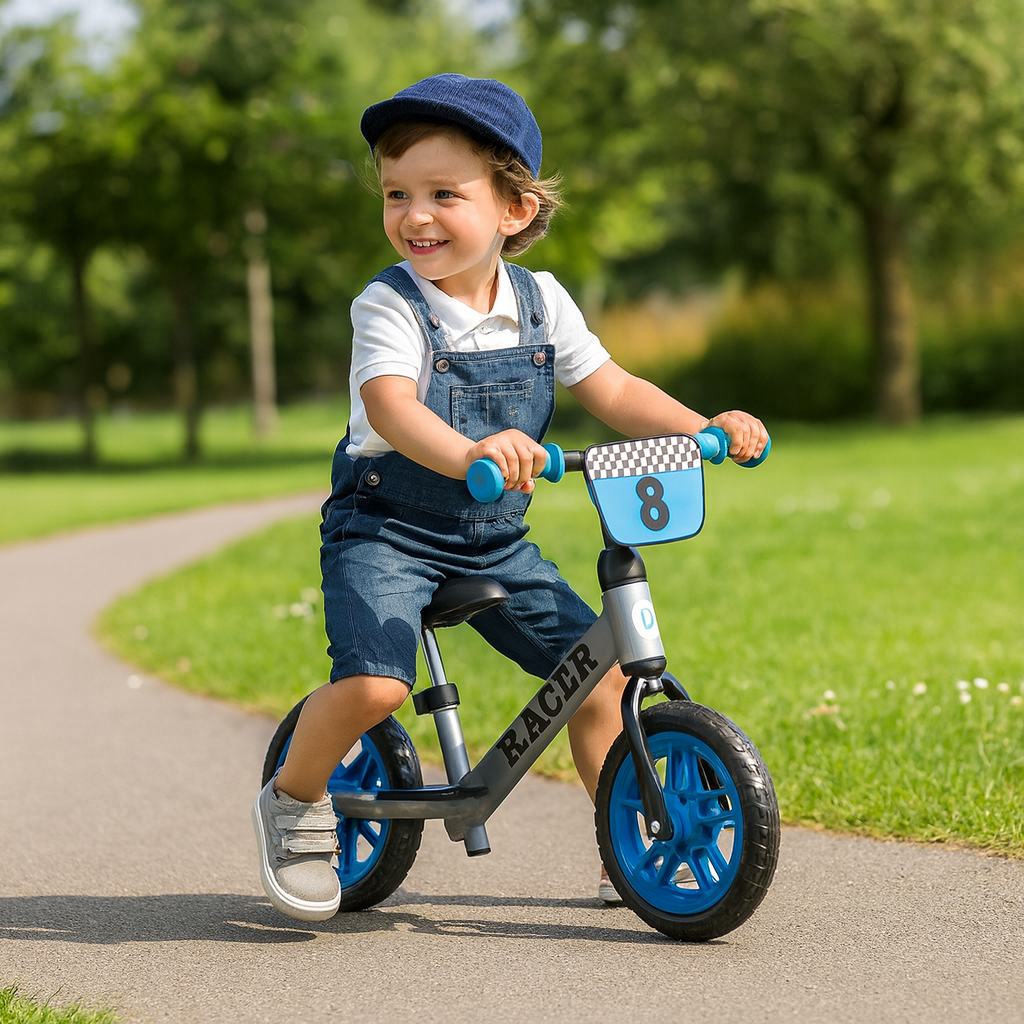
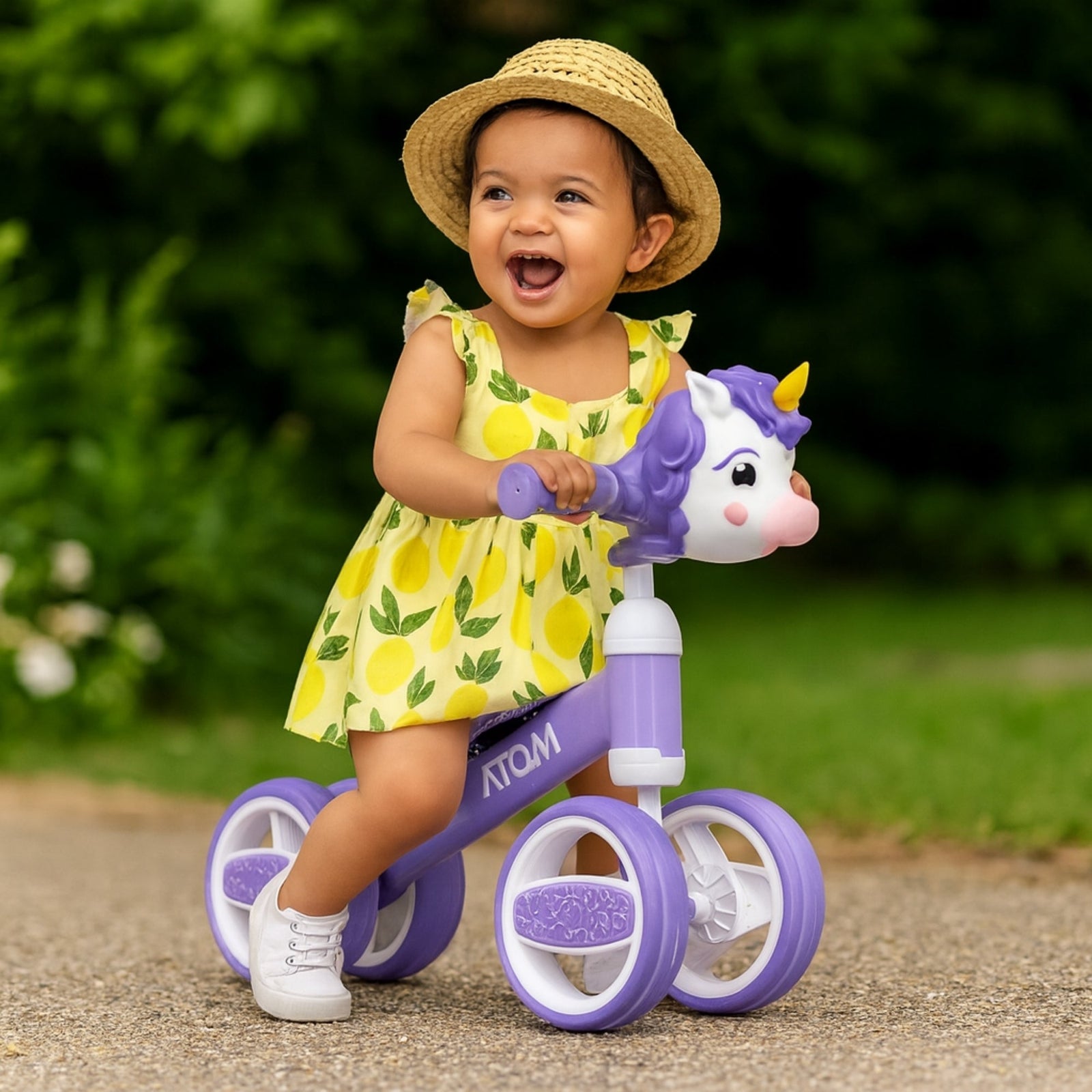
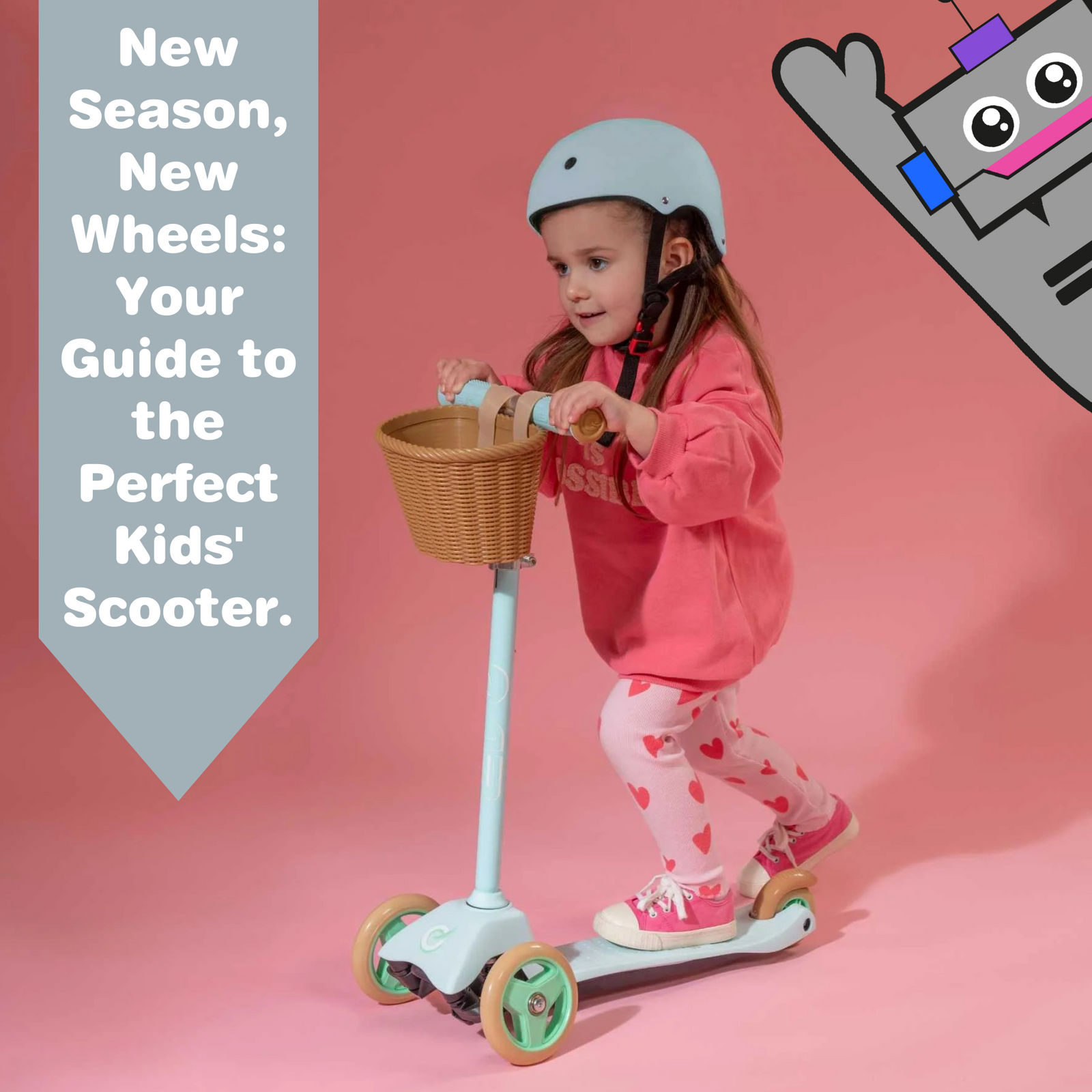
Leave a comment (all fields required)